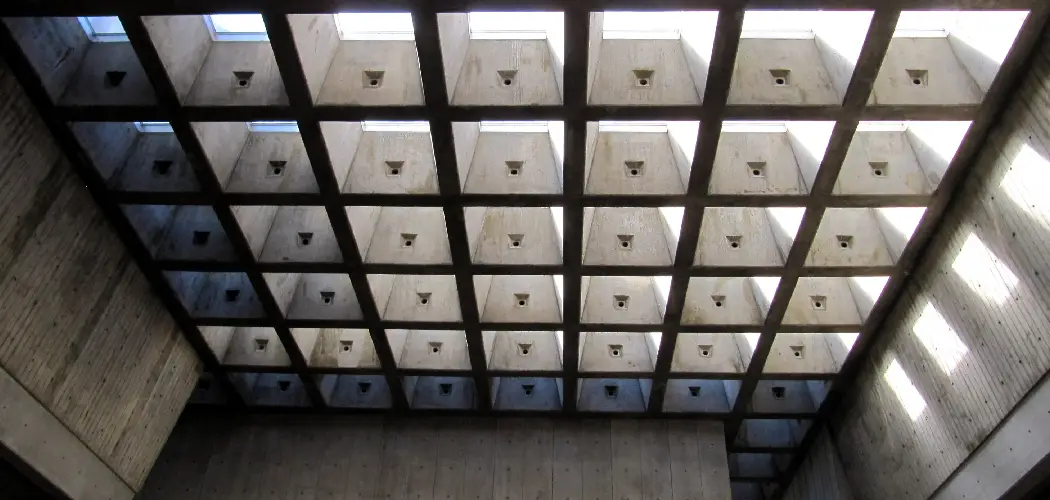Do you have a skylight in your home? If so, you may have noticed that it’s a hotspot for condensation. In this post, we’ll share some tips on how to stop condensation on skylights. We’ll also discuss the causes and effects of window condensation so you can better understand the problem. Then, read on for advice on how to get your windows back to their former glory.
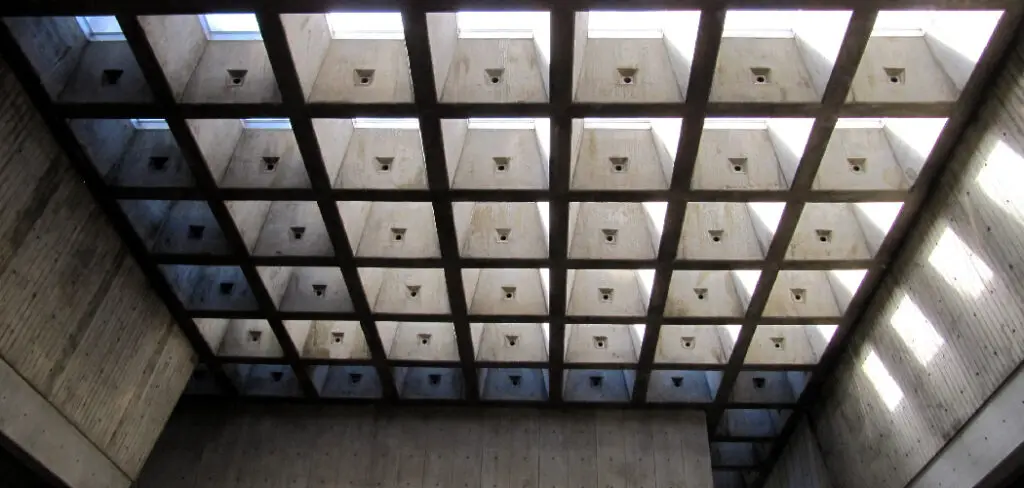
Windows and doors are common culprits of indoor air leaks, but what about other sources of airflow in your home? For example, SKYLIGHTS. Yes, skylights can be a major source of air leakage and consequent energy loss—especially during the winter. This post will show you how to seal up those pesky skylight leaks and stop condensation from forming on your skylights. Read on to learn more.
Summary: Condensation can cause a number of problems with your home, including decreased insulation, drafty windows, and water damage. To prevent these issues, follow these simple tips: 1. Keep your home cool by adjusting the thermostat when the weather gets warm. 2. Install fans to help circulate air. 3. Keep your windows closed in cold weather to keep out air drafts. 4. Use a dehumidifier to remove moisture from the air. 5. Avoid using chemicals to clean your windows or Skylights. These can damage the glass.
Is Condensation on Skylight Normal?
Condensation is not abnormal for skylights. In fact, it’s quite common. The main reason for condensation is the temperature difference between the inside of your home and the outside air. When warm air from inside your home comes into contact with the cooler glass surface of the skylight, it creates condensation.
The amount of condensation you see will depend on the difference in temperature and the humidity level inside your home. In most cases, the condensation will disappear as the temperature equalizes. However, if there is a significant temperature difference or the humidity level inside your home is high, the condensation may not evaporate quickly enough and can cause water to drip from the skylight.
What Causes High Humidity Levels in Homes?
Everal Things Can Cause High Humidity Levels in Homes, Including:
- Cooking
- Drying clothes indoors
- Running showers and baths
- Having houseplants
- Keeping fish tanks
What Causes Skylight Condensation?
The most common cause of skylight condensation is a temperature difference between the inside and outside of your home. This can happen when the air inside your home is warmer than the air outside, causing moisture to form on the colder surface of the skylight. There are three main causes of skylight condensation:
Temperature Changes
The most common reason why water droplets form on the inside of skylights is because the temperature inside your house is warmer than the temperature outside. When the air inside your house is warmer than the air outside, the moisture will form on the colder surface of the skylight. So, to prevent condensation, it is important to keep the temperature inside your home consistent.
Humidity Levels
If the air inside your house is more humid than the air outside, moisture will be drawn to your skylight and condensation will occur. To prevent this, you should keep the humidity levels in your house consistent.
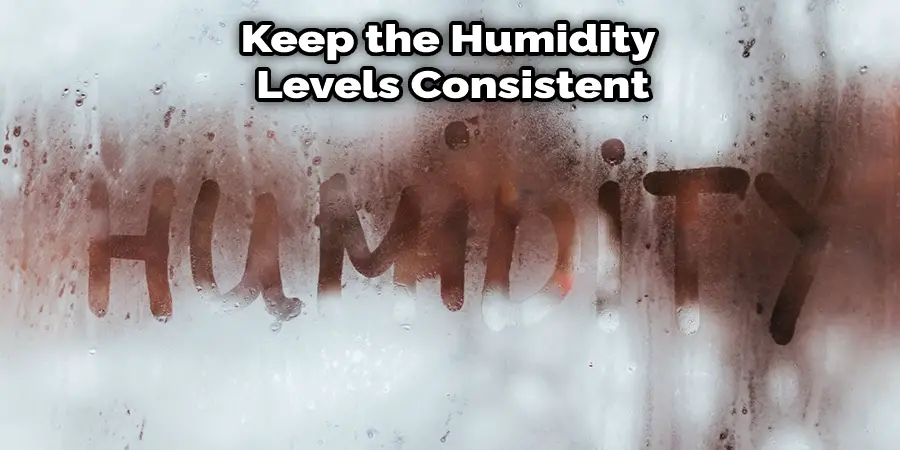
Ventilation
Proper ventilation is the key to preventing condensation on your skylights. Make sure your skylights are open during the day to allow hot air to escape and cooler air to circulate. You can also install a fan in your attic to help ventilate the area and prevent condensation from forming.
Signs of Skylight Condensation
If you have noticed any of the following, your skylight may be suffering from condensation:
Water Droplets on the Inside of the Glass
If you see water droplets on the inside of your skylight’s glass, it means that there is too much moisture in the air.
Fog or Mist on the Skylight’s Surface
Fog or mist on the skylight’s surface is usually caused by humid air condensing on the cold glass.
To Prevent Fog or Mist From Forming on the Skylight’s Surface, Try the Following:
- Use a dehumidifier in the room where the skylight is located.
- Make sure the skylight is in a well-ventilated area.
- Wipe the skylight’s surface with a clean, dry cloth.

Staining or Discoloration of the Skylight’s Frame
If you notice staining or discoloration of the skylight’s frame, it is likely due to condensation. In order to prevent this, you can try any of the following methods,
Install a dehumidifier near the skylight. Make sure that the room where the skylight is located is well-ventilated. Finally, increase the temperature in the room. If you have tried all of these methods and the condensation problem persists, it is best to contact a professional skylight installer on how to stop condensation on skylights.
Step by Step Process on How to Stop Condensation on Skylights
Step 1. Inspect the Skylight for Any Cracks or Gaps.
The skylight should be inspected for any cracks or gaps. These need to be repaired in order to prevent condensation. First, look for any cracks in the sealant around the skylight. Next, check to see if there are any gaps where the frame meets the roof. If either of these is present, they need to be repaired with caulk or weather-stripping.
Step 2. Make Sure the Skylight is Properly Ventilated.
One of the most common causes of condensation on skylights is a lack of ventilation. If your skylight isn’t properly ventilated, the humid air inside your home will condense on the glass.
To prevent this, make sure your skylight is equipped with a venting system that allows the air to circulate. If your skylight doesn’t have a vent, you can install one yourself. There are a few different types of skylight vents available on the market, so be sure to choose one that’s compatible with your skylight. Another way to keep the air in your home fresh is to keep the windows open. In the summer months, when it’s hot outside, this can be a problem. If you don’t have air conditioning, you may want to invest in a window fan. This will allow you to keep the windows open without letting the heat in.
Step 3. Install a Humidity-Control System.
If you live in an area with high humidity, you may need to install a humidity control system in your home. These systems help to regulate the level of moisture in the air and can be purchased at most hardware stores. Install the system according to the manufacturer’s instructions.
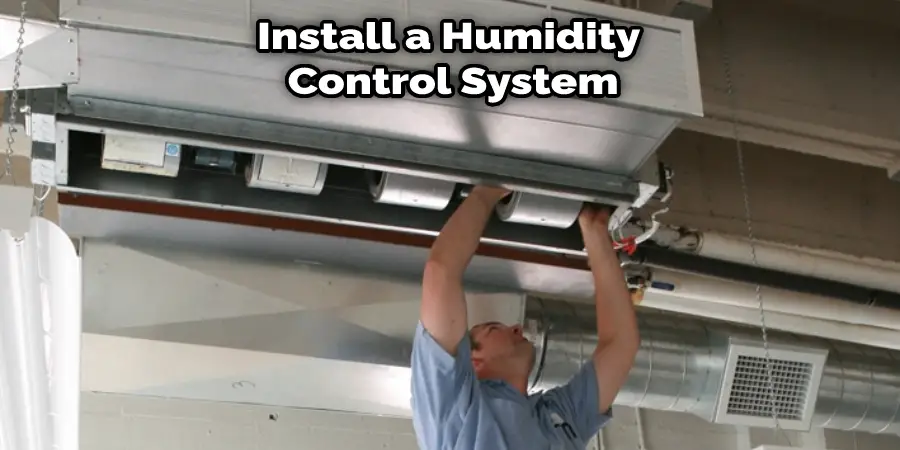
Step 4. Seal Your Home.
Make sure that all cracks and openings in your home are properly sealed. This will help prevent moist air from entering your home and help keep the air inside your home circulating. Seal any cracks around doors and windows with caulk or weather-stripping.
Step 5. Use a Dehumidifier.
If you still find that condensation is a problem, you may need to use a dehumidifier in your home. These devices help to remove moisture from the air and can be purchased at most hardware stores. Place the dehumidifier in the room with the skylight, and run it according to the manufacturer’s instructions. This should help to reduce the amount of condensation that forms on your skylight.
Step 6. Reduce Humidity.
One of the best ways to stop condensation on skylights is to reduce the amount of moisture in the air. This can be done by using a dehumidifier or simply opening a window to let fresh air in. If you live in an area with high humidity, you may need to invest in a dehumidifier to keep the air inside your home dry.
Step 7. Insulate Your Home.
Another way to stop condensation on skylights is to make sure your home is well insulated. This includes both the attic and crawl spaces. In addition, you want to keep a consistent temperature throughout your home so that moisture doesn’t have a chance to form.
One of the best ways to stop condensation on skylights is to make sure your home is well insulated. This includes both the attic and crawl spaces. In addition, you want to keep a consistent temperature throughout your home so that moisture doesn’t have a chance to form.
One way to insulate your home is to add insulation to the attic floor. This will help to keep the heat in your house from rising and causing condensation on the skylights. Another way to insulate your home is to add weatherstripping around doors and windows. This will help to keep the cold air out and the warm air inside.
Finally, make sure that you ventilate your home properly. This means opening up the windows and doors to let fresh air in and stale air out. You also want to make sure that you have a good ventilation system in place so that the air is moving around properly.
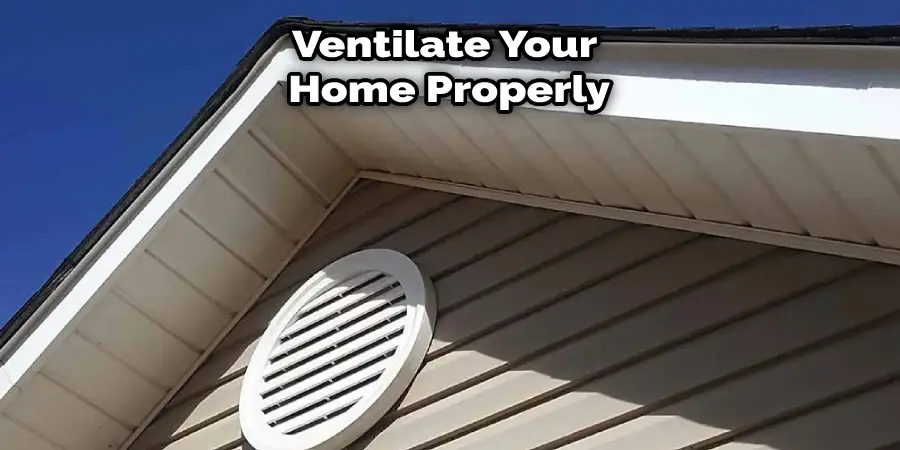
Step 8. Replace the Skylight.
If you have tried all of these methods and still find that condensation is a problem, you may need to replace the skylight. Please consult a professional to help you with this task, as it can be difficult to do on your own. They will be able to recommend a skylight that is less likely to cause condensation and will also be able to install it in your home properly.
***
Frequently Asked Questions
Is Condensation on Skylight Normal?
Condensation on skylights is a common occurrence due to the high temperatures and humidity in summertime. The moisture from the air condenses on the skylight and eventually forms droplets. In some cases, these droplets may fall down to the ground and form puddles, but they are usually absorbed by the soil or evaporate quickly. This process is usually harmless, but it can affect the appearance of the skylight and increase energy costs.
How Do You Stop Excessive Condensation?
There are a few ways to stop excessive condensation from occurring in your home:
- Adjust the temperature: If the temperature is too high, the moisture in the air will evaporate more quickly, leading to excessive condensation. Try adjusting the thermostat to a cooler or lower setting to help reduce humidity levels and minimize the risk of condensation.
- Install a dehumidifier: A dehumidifier can help to remove moisture from the air and reduce the risk of excessive condensation. Bear in mind, however, that a dehumidifier can also be expensive and may not be necessary if the humidity levels are low enough.
- Use a ceiling fan: A ceiling fan can help circulate air and reduce humidity levels in an enclosed space, such as a home. Make sure to install the fan so that it blows directly onto the surface you are trying to protect (such as the exterior of your home), rather than blowing across the room or into other areas where moisture may accumulate.
- Seal cracks and gaps: Condensation will often build up around cracks and gaps in walls and ceilings, where moisture can collect and cause excessive condensation. To prevent this from happening, seal cracks and gaps with caulking or silicone sealant, which will help to keep moisture out and reduce the risk of excessive condensation.
Why Does My Skylight Have Moisture Between the Glass?
The moisture between the glass of a skylight is caused by condensation. When the air inside the skylight is cooler than the surrounding environment, moisture will form on the inside surfaces of the glass. This moisture will eventually reach a point where it can no longer be held back and will start to drip down onto the floor below. In order to prevent this from happening, make sure the air inside the skylight is warm enough (between 68 and 75 degrees F) and that the ventilation system is working properly. If the skylight does not have adequate ventilation, you may want to consider replacing it with a window or door that opens inwards so that air can flow freely into and out of the skylight.
Will Window Condensation Go Away?
Window condensation is the process of water droplets forming on the outside of windows due to the flow of air through the window. This process can occur at any time of year, but is most common during warm weather, when windows are open and the temperature is above 60 degrees Fahrenheit.
Although window condensation may be annoying, it is not dangerous and typically does not require any special treatment. Over time, window condensation will dissipate on its own, usually within a few hours or days. If your windows are constantly wet and you experience excessive dripping or water damage, it may be necessary to take measures to prevent or reduce the amount of window condensation. For example, you can try closing your windows at night or installing a rain screen to block sunlight and air from entering your home.
Conclusion
Skylights are a wonderful addition to any home. They allow natural light to brighten up indoor spaces and offer an attractive view of the sky. However, one common problem with skylights is that they can develop condensation on the inside of the glass panes. This can cause a number of problems, from decreased visibility to water damage to the roof itself. In this post, we’ll discuss some tips for how to stop condensation on skylights. If you have any questions or need assistance, please don’t hesitate to contact us in our comment section. Thanks for reading.
